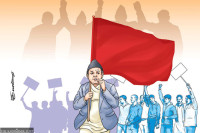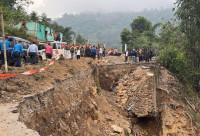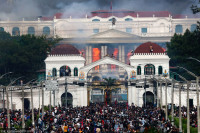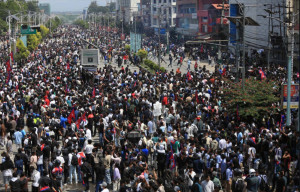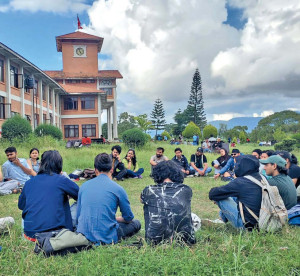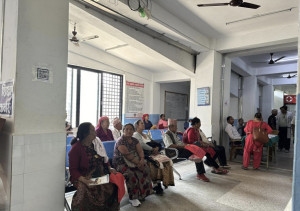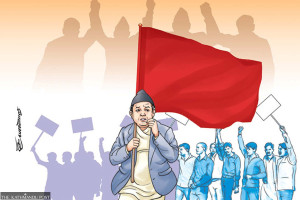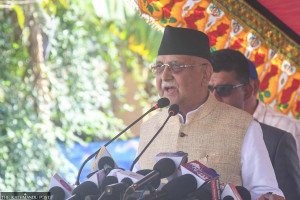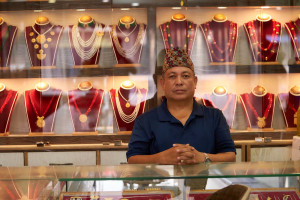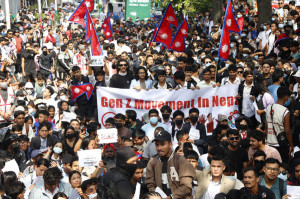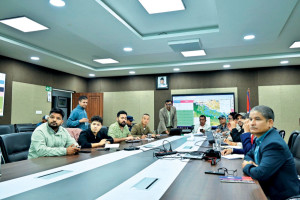Columns
Dhaka’s earthquake gamble
Retrofitting buildings, enforcing strict construction laws and other safety measures could save lives.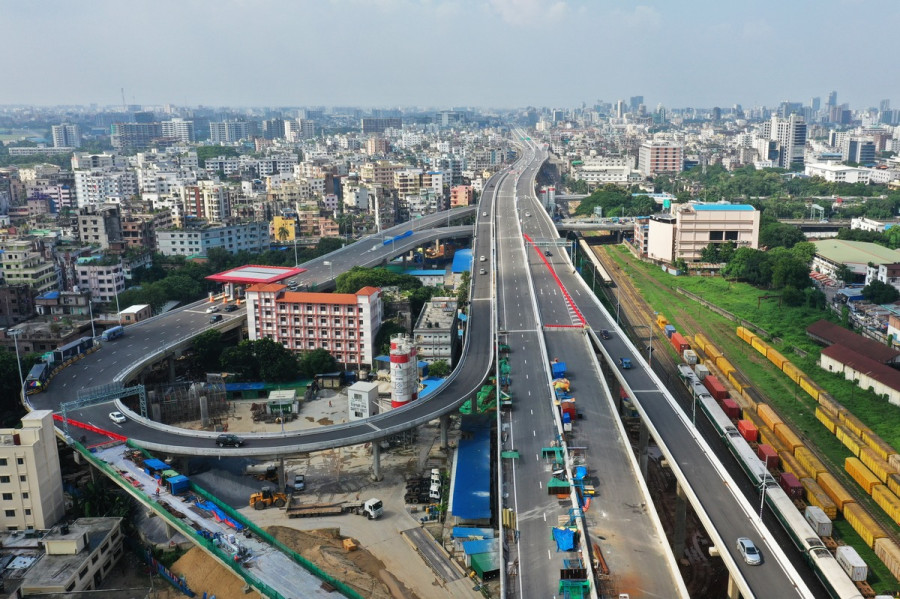
H.M. Nazmul Alam
If Dhaka were a person, it would be that overconfident pedestrian jaywalking across the highway—blind to danger, immune to consequence, and utterly convinced that trucks will swerve in time. But nature doesn't believe in last-minute swerves. Nature, like a strict schoolmaster, has a way of reminding cities that arrogance has a price. And Dhaka, with its labyrinth of high-rises, its tangled mess of traffic, and its people who live life with an enviable mix of bliss and oblivion, stands precariously on the edge of a seismic disaster.
Every few months, we feel a tremor. Some shake our coffee cups, others rattle our windows and a few make us rush to Facebook to post dramatic status updates about how we "almost died." But as quickly as these discussions arise, they dissipate, like a morning fog evaporating under the glare of the midday sun. After all, we are a resilient bunch. We survived decades of political instability, relentless traffic, floods that turn streets into Venice and power outages that make candlelit dinners a daily routine. Surely, a little shaking of the ground beneath our feet is nothing to panic about?
The true marvel of Dhaka isn't just its resilience but its sheer talent for ignoring imminent doom. The 2015 Nepal earthquake was a wake-up call, but in typical Dhaka fashion, we hit snooze and went back to constructing high-rises on sand and silt. Rajdhani Unnayan Kartripakkha (RAJUK), our esteemed urban planning body, continues to dish out building permits like candy at a carnival, often with about as much concern for structural integrity as a roadside jhalmuri seller has for hygiene standards.
Experts have been screaming from their ivory towers (which, ironically, might be the first to collapse in a major quake) that Dhaka is sitting atop an active seismic zone. But what are facts in the face of real estate profit? The show must go on! Developers keep building, officials keep approving and the citizens? Well, we continue our existence in a city where roads double as garbage dumps and public parks are an endangered species.
One might assume that, with all the warnings, the government has at least a half-baked plan to deal with a large-scale earthquake. You'd be half-right—because the plan is indeed half-baked. The official response strategy is a dazzling display of bureaucratic optimism. It involves emergency drills that are conducted once in a blue moon, usually with more photo-ops than actual training. The fire department, bless their hearts, is already struggling to reach burning buildings in the city's daily gridlocks; in an earthquake scenario, it's more likely that rescuers will need rescuing themselves.
The roads, those narrow veins of chaos, will become impassable within minutes. Collapsed buildings, broken bridges and fallen metro rails will ensure that emergency services are as effective as an umbrella in a tsunami. And let's not even talk about hospitals. Most are already overwhelmed by a normal day's patient load. What happens when thousands are crushed under debris, waiting for help that will never come?
Let's not put all the blame on the government. We, the residents, have our own admirable level of apathy. Our emergency preparedness strategy consists of reciting religious verses and hoping for the best. Earthquake safety training? Most people don't even know where the emergency exits are in their own apartment buildings (spoiler: Most buildings don't have them). In fact, if an earthquake were to strike during rush hour, you'd find half the city live-streaming the disaster while the other half debates on social media whether this is a punishment for our sins.
Our buildings? A structural engineer's nightmare. Constructed with all the finesse of a toddler stacking toy blocks, many high-rises in Dhaka would collapse faster than a politician's promise. And why wouldn't they? When developers prioritise cost-cutting over safety, when inspections are mere formalities greased by bribes and when residents rent apartments without questioning their safety, this is the natural outcome.
What happens when Dhaka faces the inevitable? Let's paint a picture.
It's a regular afternoon and the city is busy as always. Suddenly, the ground rumbles. At first, people think it's just another overloaded truck passing by. But then, the shaking intensifies. Buildings tremble like fragile Jenga towers. The glass façade of a newly built mall shatters, raining shards on the terrified pedestrians below. The metro rail—our pride, our saviour from traffic—derails, crashing onto a sea of vehicles stuck in a jam. Within minutes, power is out, phone lines are dead, and a city of 20 million plunges into chaos.
Rescue efforts are hindered by narrow roads blocked by debris. The hospitals overflow with casualties. In Old Dhaka, fires break out as gas lines rupture. There's no water to douse the flames—because, let's be honest, even in normal times, many areas barely get running water. The death toll rises not just from collapsed buildings but from stampedes, panic, and lack of medical care. The lucky ones are those who die quickly. The unlucky ones wait under rubble, their cries for help fading into silence.
The greatest tragedy of all? We know this will happen. We have the data, the research, the expert opinions. We have seen what happened in Nepal, in Turkey, in Mexico, and recently in Myanmar-Thailand. Yet, we continue to build recklessly, live carelessly, and plan inadequately. We place our faith in fate, in luck, in divine intervention—anything but actual preparedness.
There is still time to act, but not much. Retrofitting weak buildings, enforcing stricter construction laws, creating open spaces and conducting genuine emergency drills could save thousands of lives. But will we do it? Or will we continue our blind march forward, whistling a happy tune, hoping that the ground beneath our feet remains merciful?
Dhaka is a city of miracles, a place where logic takes a backseat, and hope is the currency of survival. But hope alone won't save us when the earth decides to remind us who's really in charge. And when that day comes, the only question left will be: did we do enough to save ourselves, or did we simply wait for disaster with open arms and empty plans?
- The Daily Star (Bangladesh) / ANN




 16.12°C Kathmandu
16.12°C Kathmandu
